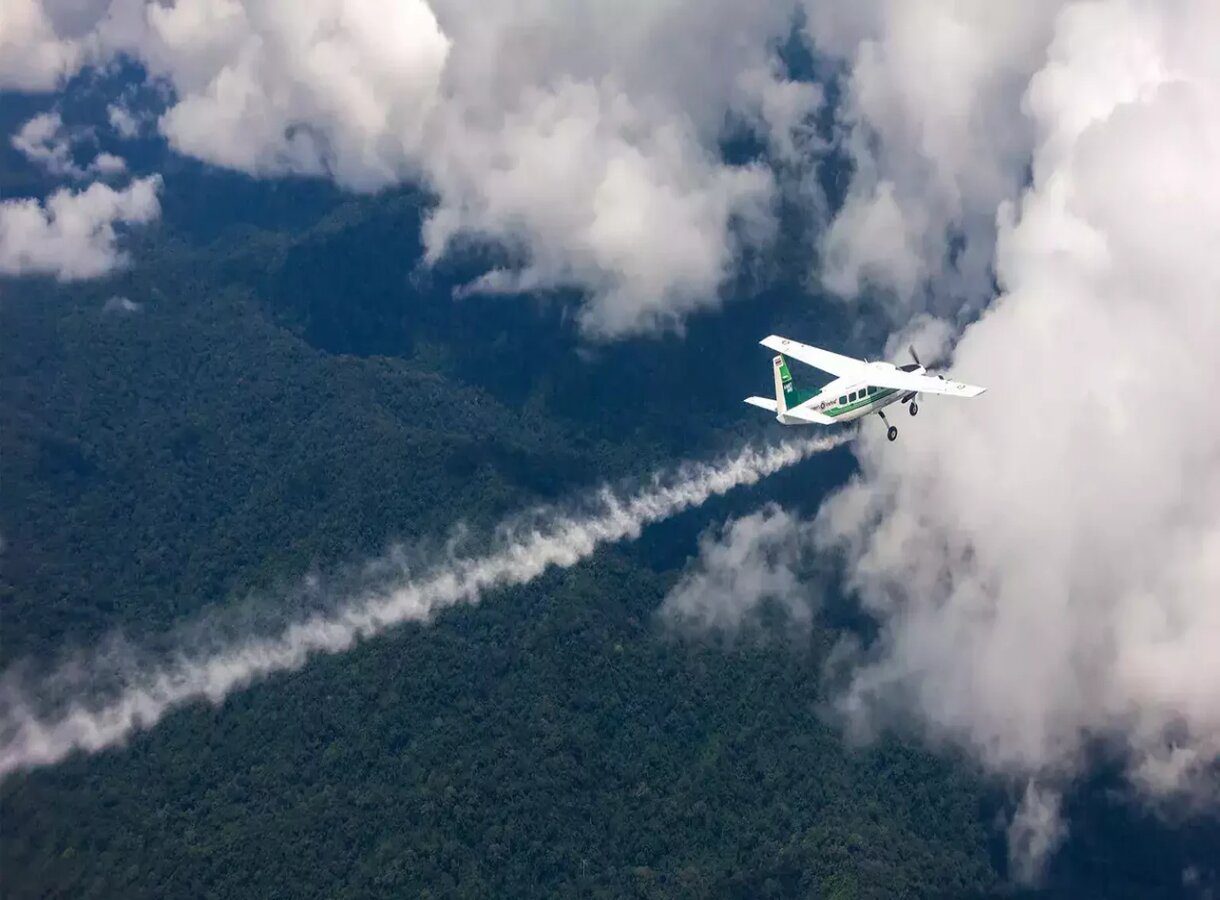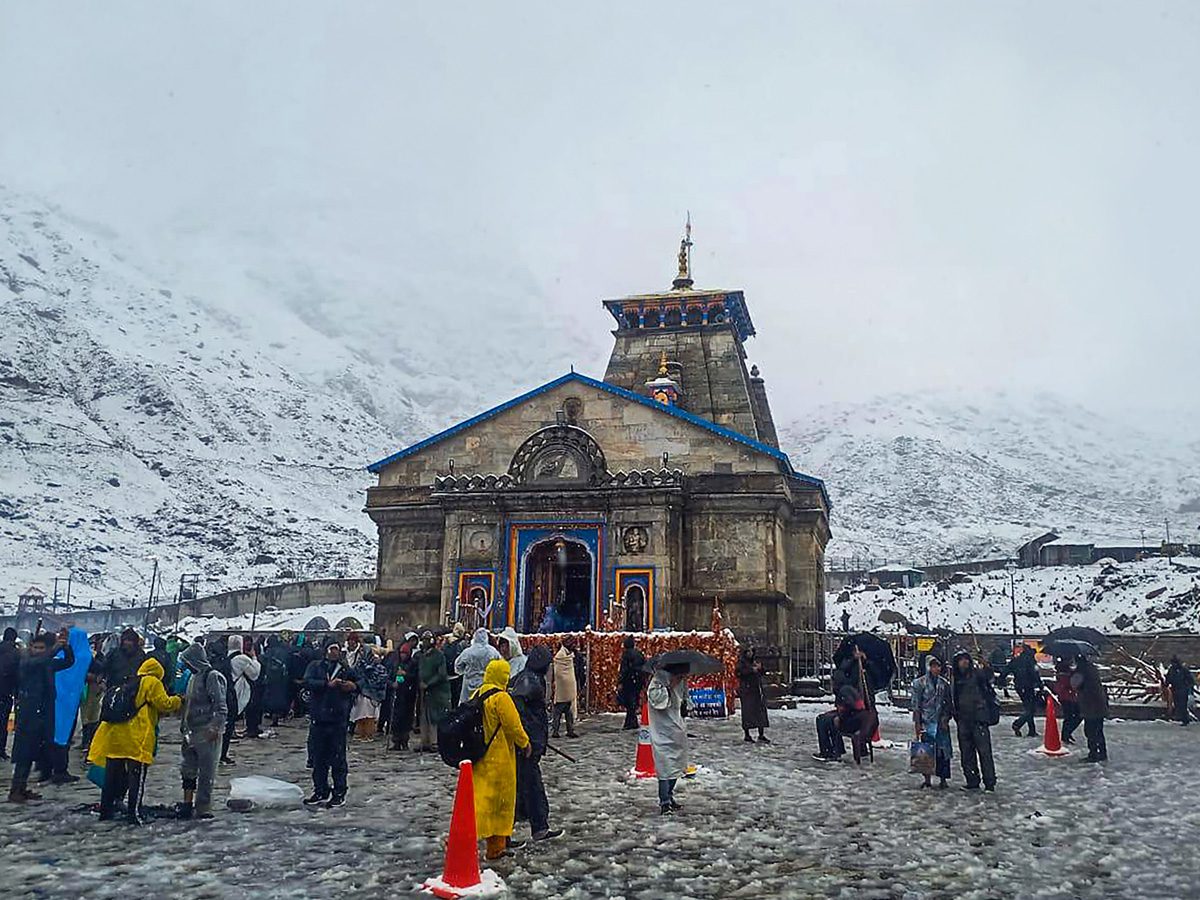This article originally appeared in Financial Express
GoI must support an independent benchmarking scheme to evaluate our environmental performance and track progress.
Much debate has happened on the recently released Environmental Performance Index (EPI), in which India was ranked the worst country in the world. The Government of India (GoI) has rejected the ranking and called it “unscientific”. Many environmental researchers, including myself, have also questioned the methodology. In response, the report’s principal investigator has reportedly made the specious statement that “EPI does not aim to blame countries; rather, we seek to help them improve their environmental performance”. However, in the report, the EPI team has called low-ranking countries “laggards” and high-ranking countries “leaders”. Moreover, the EPI team has not responded to the questions raised on their methodology.
The EPI assessment, done by Yale and Columbia University, ranked 180 countries on 40 indicators related to climate change, air and water quality, ecosystem and biodiversity. The best countries on EPI are Denmark, the United Kingdom, Finland, Malta and Sweden. The worst countries are in Asia and Africa. China was ranked 160th, Nigeria 162nd, Indonesia 164th, and India 180th.
The first thing to note is that this ranking has gone unnoticed in large parts of the world. China has not even murmured a word, and the media in other Asian countries and Africa has largely ignored it. Only in India has this ranking featured in prime-time shows and on the front page of newspapers. This is because we have an obsession with global recognition, especially recognition from the western world.
We rejoice when anyone remotely connected with us attains some social stature or recognition in the US or Europe. We celebrate when an institution from the developed world ranks us higher on some indices. And, we cry foul if we are rated poorly. This fixation reflects the deep-rooted insecurity we have about our place in the world. We want a ‘selective’ part of the world, especially those who colonized and dominated us, to recognize us as a global leader. But we forget that these countries will not yield an inch if it affects their interests and relative power position. They will impose their ideas and worldview to keep their dominance. Unfortunately, many of the academic institutions and research organizations also exhibit such attitude. The EPI ranking is a classic example of this.
There are two major problems with the EPI. First, it is pushing a worldview that suits the developed world, and second, its methodology is highly flawed.
Let’s start with the methodology. It is important to understand that a ranking is an inherently subjective exercise. But a good ranking first tries to reduce subjectivity and then achieve a wider consensus on the remaining subjective aspects. The EPI ranking has not done this. Their choice of indicators, weightages and even the ranking method have problems.
Take the case of climate change. EPI has ranked climate change performance on nine indicators and assigned 38% weightage to them. Seven of the nine indicators measure the growth rate of various greenhouse gas (GHG) emissions, one is on projected GHG emissions in 2050, and the last is on per capita emissions.
First of all, the choice of indicators is questionable. By selecting seven growth-rate-related indicators, EPI has pushed developing countries to the bottom of the table. This is because developing countries are starting from a low base and will have higher growth rates. Similarly, the weightages are also lop-sided. Of the 38% weightage, EPI has just given 1% to per capita emissions. This is advantageous to the developed world, as they have very high per capita emissions.
The scoring methodology is even more problematic because it has not normalized indicators while comparing countries. Take the case of tree cover loss (TCL). The EPI has ranked Eritrea as the best country on TCL because it has not lost any forest in the last 5 years. This seems fair. But the total dense forest area in Eritrea is just 43 hectares — 0.00036% of its land area. Even Lutyens’ Delhi has more green cover than this country. But EPI has compared India with millions of hectares of dense forest with Eritrea, without normalization. It is like comparing apples with oranges.
But this flawed methodology is not because Yale and Columbia’s researchers do not know how to normalize indicators or assign balanced weightage. It is because they are pushing a worldview in which the western economic standing and lifestyle are not compromised. They, therefore, have downplayed all consumption and waste-related indicators. As the table below shows, the top countries in EPI are huge consumers of resources and generators of waste and emissions compared to countries like India.
Therefore, instead of being fixated by selective recognitions, we should critically evaluate these ratings and not consider them as gospel of truth. However, that does not mean that we ignore our environmental problems, or discount the merit of scientific assessments.
India has huge environmental problems, from water and air pollution to land degradation, biodiversity loss and climate change. These problems will exacerbate if we do not take timely action. But we also need our own benchmarks to track progress made on environmental front. Therefore, the GoI must support an independent benchmarking scheme to evaluate our environmental performance and track progress. We have enough institutions and researchers to develop and execute such a ranking.


